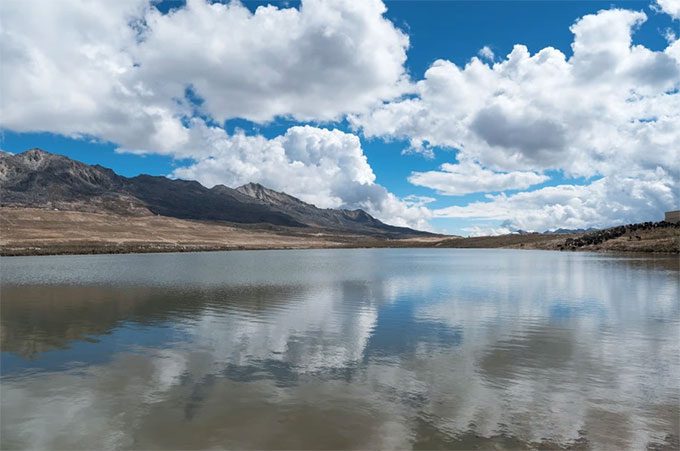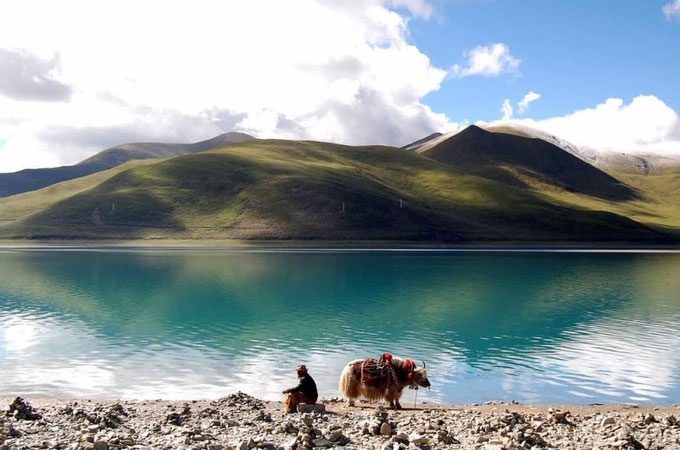Chinese researchers are urgently calling for the assessment of the impacts of global warming on one of the most important freshwater sources in the world.
The Tibetan Plateau and its surrounding mountainous regions, often referred to by environmentalists as the “Water Tower of Asia”, are the headwaters of ten major rivers that flow throughout Asia, providing water for nearly 2 billion people—about a quarter of the world’s population.

Climate change is turning the “Water Tower of Asia” into toxic mud rivers. (Photo: Shutterstock).
However, due to the effects of global warming, many areas of this water tower have transformed into toxic mud, and the extent of the problem remains largely unknown.
In a paper published in the journal Nature Reviews Earth & Environment on October 11, researchers from the Chinese Academy of Sciences explained that climate change will accelerate glacier melting, increase sediment flow upstream, and other pollutants will affect water quality downstream.
Previously, most studies in the region focused solely on water quantity. However, assessing water quality has become increasingly important for local livelihoods and downstream communities, according to the researchers.
One co-author of the study stated: “The total water volume in the Water Tower of Asia will increase due to climate change, and chemicals in the water will be transported to downstream rivers, but this issue has not received much attention.”

A water reservoir on the Tibetan Plateau. (Photo: Getty).
It is known that the Water Tower of Asia is home to most of the glaciers outside the Arctic and Antarctic. These glaciers are highly sensitive to climate change.
According to the research, global warming has led to glacier melting and the gradual disappearance of permafrost in the region. As a result, sediment flow (flow generated by melting) at the headwaters has increased over the past six decades.
From 1979 to 2020, the average temperature in the region increased by 0.44 degrees Celsius per decade—twice the global average rate, according to a study published in June.
Another study published in the journal Science in October 2021 projected that the total sediment load in the Water Tower of Asia would more than double by 2050 under a severe climate change scenario.
The authors noted that alongside changes in water quantity, upstream water carries chemicals, including arsenic, calcium, and magnesium, to downstream rivers.
Therefore, water quality downstream will increasingly be impacted not only by human activities and climate change but also by changes in upstream water quality.
In light of this situation, researchers have proposed monitoring water quantity at the “Water Tower of Asia” by creating a research network based on water quality data, as well as calling for collaboration among affected countries to mitigate the problem.



















































